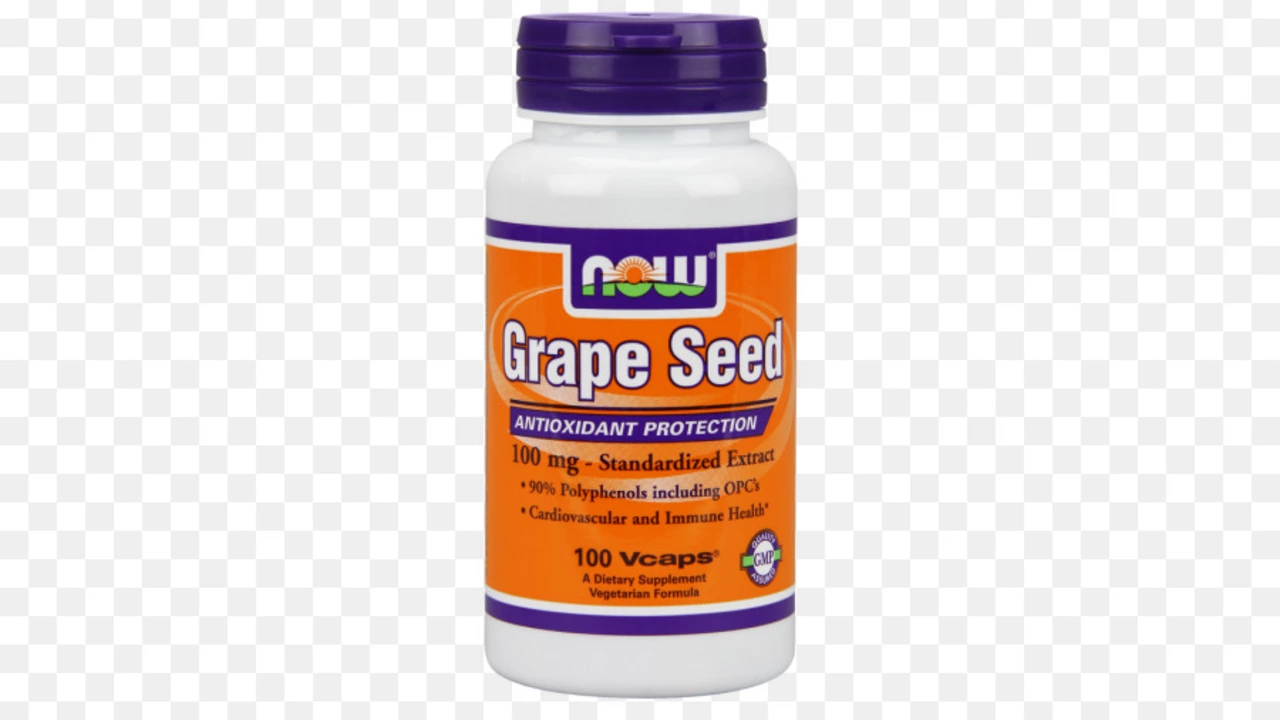Essential amino acid: what they do and how to get enough
Your body can’t make certain amino acids, yet it needs them to build muscle, repair tissue, make enzymes and keep your mood stable. Those are the essential amino acids — nine small molecules that are part of every protein you eat. Miss them and you won’t perform well, recover quickly, or feel great.
What they are and why they matter
There are nine essential amino acids for adults: histidine, isoleucine, leucine, lysine, methionine, phenylalanine, threonine, tryptophan and valine. Each plays a clear role. Leucine sparks muscle protein synthesis. Tryptophan helps make serotonin, which affects sleep and mood. Methionine supports detox and methylation. You don’t need to memorize every function, but you should know: a lack of any one limits your body’s ability to build proteins and stay healthy.
Signs of low intake are specific: slow wound healing, fatigue, muscle loss, weak immunity, and sometimes mood changes. If you follow a restrictive diet — vegan, low-protein, or a crash diet — check your intake. Growing children, pregnant people, and athletes have higher needs.
Food sources and smart supplement tips
Best move: eat a variety of protein-rich foods. Animal proteins (meat, fish, eggs, dairy) are complete — they contain all nine. Most plant proteins are incomplete, but smart combos work: beans + rice, hummus + whole wheat, or quinoa, soy, and buckwheat are complete on their own. That makes it easy to cover needs without supplements.
If you consider supplements, know your options. Whey protein gives all essentials fast, useful after workouts. BCAA supplements (leucine, isoleucine, valine) are popular for recovery; common doses run about 5–10 g daily for active people. Single amino acid supplements exist too, but use them carefully: phenylalanine is dangerous for people with phenylketonuria (PKU), and high tryptophan can interact with antidepressants. Always check with your doctor if you take medications or have liver or kidney disease.
Practical tips: aim for a steady spread of protein across meals (20–30 g typical per meal for most adults), include a complete source once a day if you’re plant-based, and choose whole-food options first. If you use processed protein powders, pick one with transparent labeling and third-party testing for purity.
Finally, don’t chase single nutrients in isolation. Essential amino acids work together and with other nutrients. A balanced diet gives the best results. If you suspect a deficiency or plan high-dose supplements, get blood tests or a healthcare consult first.
Need help adjusting your diet for amino acids or comparing supplements? Ask your pharmacist or doctor — they can match choices to your meds, health conditions, and goals.
Histidine, an essential amino acid, is making waves in the dietary supplement industry. It's not just a building block for proteins in our body, but also plays a vital role in various physiological functions. It's been linked to improved immune responses, better mental health, and even enhanced athletic performance. This has led to a surge in its popularity in the supplement market. As we continue to explore the health benefits of histidine, it's clear that this once overlooked nutrient is now taking center stage.

